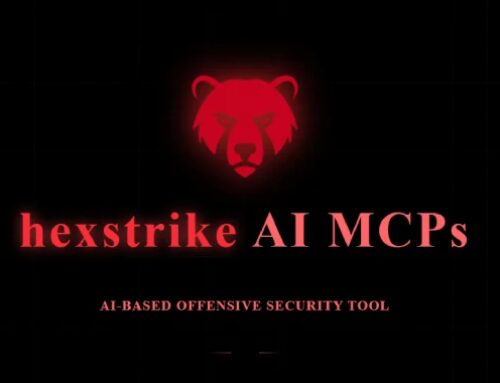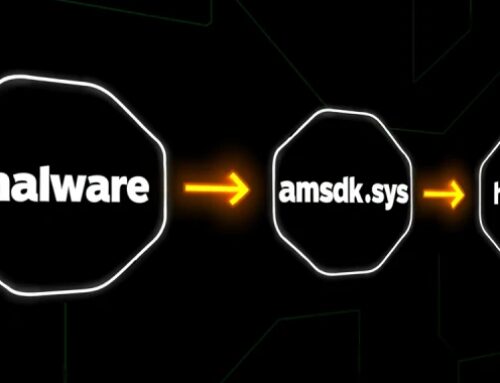Balancing Security and Speed: How AI is Reshaping SecOps Processes
In today’s digital landscape, organizations face a two-fold challenge: ensuring robust security while maintaining the agility necessary for rapid business operations. Cyber threats are evolving at an unprecedented pace, often outstripping traditional security measures. Consequently, security operations teams (SecOps) are at the forefront of addressing these challenges, and Artificial Intelligence (AI) has emerged as a transformative agent in this ongoing battle.
The Security Landscape: A Constantly Evolving Threat
The cybersecurity environment is marked by an increasing number of attack vectors, making it imperative for organizations to be on constant alert. Phishing attacks, ransomware, zero-day vulnerabilities, and sophisticated malware threats are just a few examples of the dangers that can cripple an organization. Additionally, as businesses adopt cloud solutions and remote work models, the attack surface has expanded, providing cybercriminals with new opportunities for exploitation.
Recognizing this, organizations have traditionally approached security with a strong emphasis on defense. However, this often comes at the expense of operational efficiency and speed. Security protocols can slow down workflows, frustrate users, and ultimately inhibit business momentum. Achieving equilibrium between security and speed has become a central focus for leaders in IT and cybersecurity.
The Rise of AI in SecOps
Artificial Intelligence is revolutionizing the way organizations approach security operations. By automating routine tasks, analyzing vast amounts of data, and providing predictive analytics, AI enables security teams to operate more efficiently and effectively.
-
Enhancing Threat Detection:
AI algorithms can sift through enormous quantities of logs and data at speeds far beyond human capabilities. By employing machine learning techniques, these systems can identify patterns indicative of potential threats, offering real-time alerts to security analysts. Traditional rule-based systems often miss nuanced threats, but AI-driven approaches adapt and learn from new behaviors, enhancing detection rates and reducing false positives. -
Automating Responses:
In the event of a detected threat, speed is crucial. AI can automate incident response workflows, taking immediate action based on pre-defined protocols. Whether isolating an affected endpoint, blocking suspicious IP addresses, or conducting initial forensics, automation drastically reduces response times, minimizing damage and potential data loss. -
Predictive Analysis:
AI’s ability to analyze historical data and identify emerging trends allows organizations to proactively defend against threats. By predicting possible attack vectors based on past behavior, security teams can strengthen their defenses and prioritize resources effectively. This foresight not only enhances security posture but also fosters a proactive culture within organizations. - Streamlining Security Operations:
AI-powered tools can assist in maintaining security hygiene by automating tasks such as patch management and vulnerability scanning. This streamlining allows SecOps teams to focus on more strategic initiatives rather than getting bogged down by repetitive, time-consuming tasks.
Challenges to Overcome
Despite the numerous benefits, integrating AI into SecOps processes is not without challenges. One major concern is the risk of over-reliance on automated solutions, which can lead to complacency among security personnel. While AI enhances efficiency, it cannot replace the critical thinking, intuition, and contextual understanding that human analysts bring to complex security scenarios.
Moreover, organizations must address the ethical considerations associated with AI deployment. Data privacy, algorithmic bias, and transparency are all vital areas that require careful management to build trust and ensure compliance with regulations.
The Path Forward: A Hybrid Approach
The most effective way forward in SecOps is to adopt a hybrid approach that combines the strengths of AI with human expertise. By leveraging AI-driven tools for routine tasks and threat detection, security teams can allocate their time and resources towards strategic initiatives, such as threat hunting and incident response development. This collaborative model fosters a culture of continuous learning and adaptation, critical in an age where cyber threats are dynamic and evolving.
Conclusion
AI is reshaping SecOps by enabling organizations to balance the dual demands of security and operational speed. Through enhanced threat detection, automated responses, and predictive analytics, AI empowers security teams to confront modern cyber challenges effectively. However, as with any technology, the human element remains essential. By harmonizing AI capabilities with human insights, businesses can build robust, agile security frameworks that not only protect their assets but also support overall business objectives in a fast-paced digital world. As we look to the future, the synergy between AI and SecOps will be pivotal in navigating the complexities of cybersecurity, ensuring that resilience and innovation go hand in hand.





Deixe o seu comentário